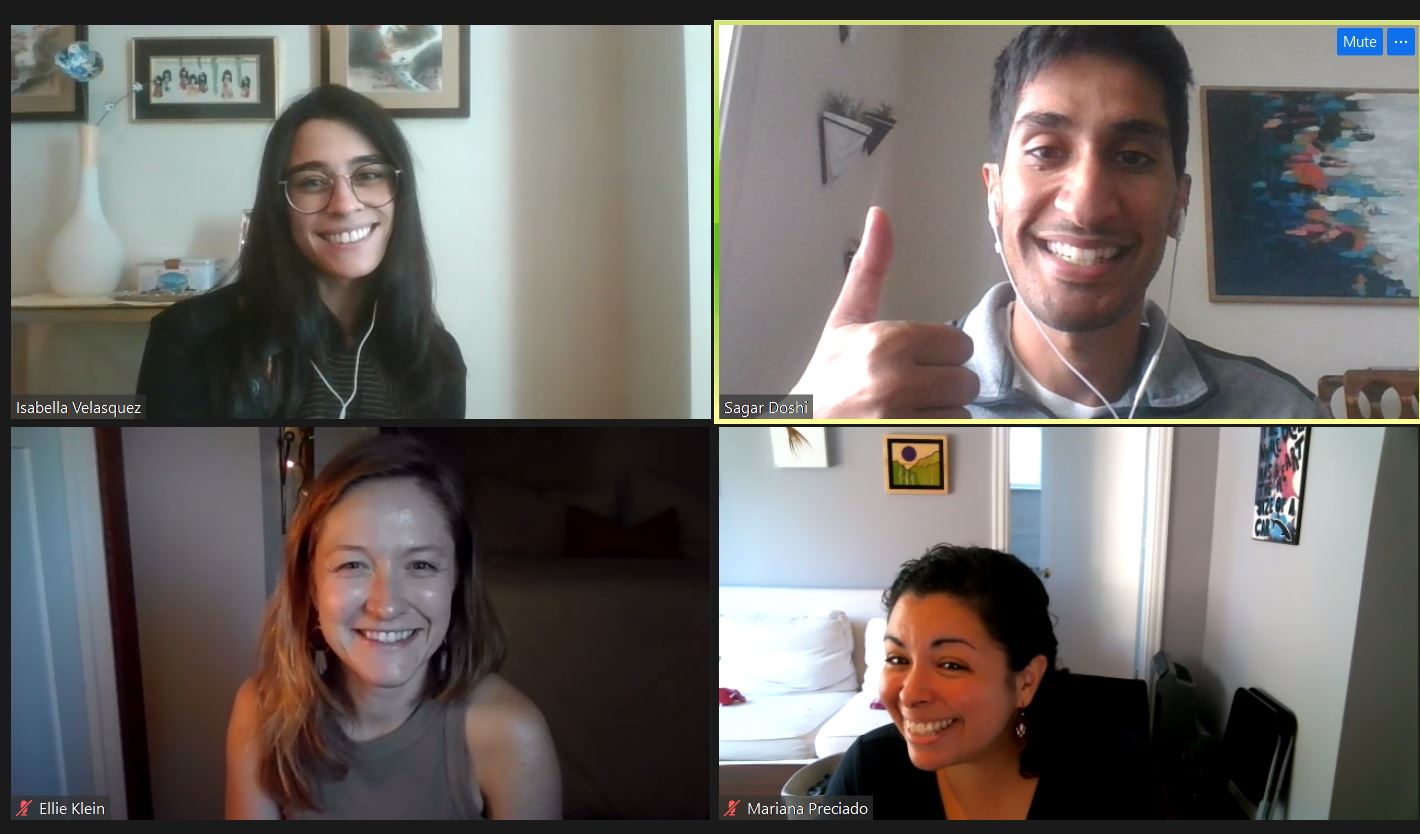The Circular Economy

By Rachel Dzombak, PhD Candidate, Civil and Environmental Engineering, Laboratory for Manufacturing and Sustainability, UC Berkeley
In our current economic system, most products end up landfilled after a single use, and only a small percentage are reused or recycled. A circular economy is an economic model where all products are remade, repaired, resold, or recycled. The closer we get to implementing a truly circular economy the better off our economic system will be for people, businesses, and the planet as a whole.
What is the circular economy?
The circular economy is an industrial system that is restorative or regenerative by intention and design. [1] Instead of disposing products at the end of their life, businesses within a circular economy would seek to capture materials and derive further value from them through new applications. Key principles of the circular economy include utilizing sources of renewable energy, discontinuing use of toxic materials, and eliminating waste from product lifecycles through innovative systems, designs, and business models.
Why should the circular economy exist?
Our current system of consumption is highly linear. Manufacturers take natural resources, make products, and sell them to consumers, who dispose of them after usability ceases. In 2010 alone, 65 billion tons of raw materials entered the economic system, and less than 40% were composted, recycled, reused, at the end-of-life [2]. Constraints on natural resources including water, energy, and minerals are increasing rapidly. A new system that extends and expands the usable life of materials is needed, particularly in light of the three billion new middle class consumers are expected to enter the market by 2050.
How can we bring a circular economy to fruition?
Implementing a circular economy will require input and action from a wide array of stakeholders. Policy makers, consumers, and business leaders will need to work together to design new systems at scale. First and foremost, companies need to recognize the business opportunities that exist when the value currently embedded in waste is captured and leveraged. This will provide incentives to create new circular business models. Additionally, research and attention is needed to better understand how countries with a burgeoning middle class can also participate, if not drive, the circular economy. A truly circular economy will need to be implemented on a global scale if it is to be successful.
Last week, 17 pairs of students and faculty mentors from universities around the world gathered in London to discuss how to implement a circular economy during an intensive Summer School. The Summer School serves as a kick-off for a year-long fellowship during which time students complete innovative projects around the circular economy with input from industry partners. A joint effort between the Ellen MacArthur Foundation and the Schmidt Family Foundation, the Summer School focused on how to shift the economy towards circularity.
The Circular Economy Going Forward
The Schmidt-MacArthur Fellowship is a great proxy for what the circular economy needs: diverse and motivated individuals ready to form partnerships and create change. Companies successful at implementing circular business models, such as Desso, Philips, and Caterpillar, have managed to integrate efforts across design, finance and sustainability. Multi-disciplinary conversation is required to bring a circular economic model to fruition. Most companies still operate with teams in silos, preventing collaboration, innovation, and ultimately, large-scale change.
[1] The Ellen MacArthur Foundation. Towards a Circular Economy. 2012.
[2] OECD 2012




